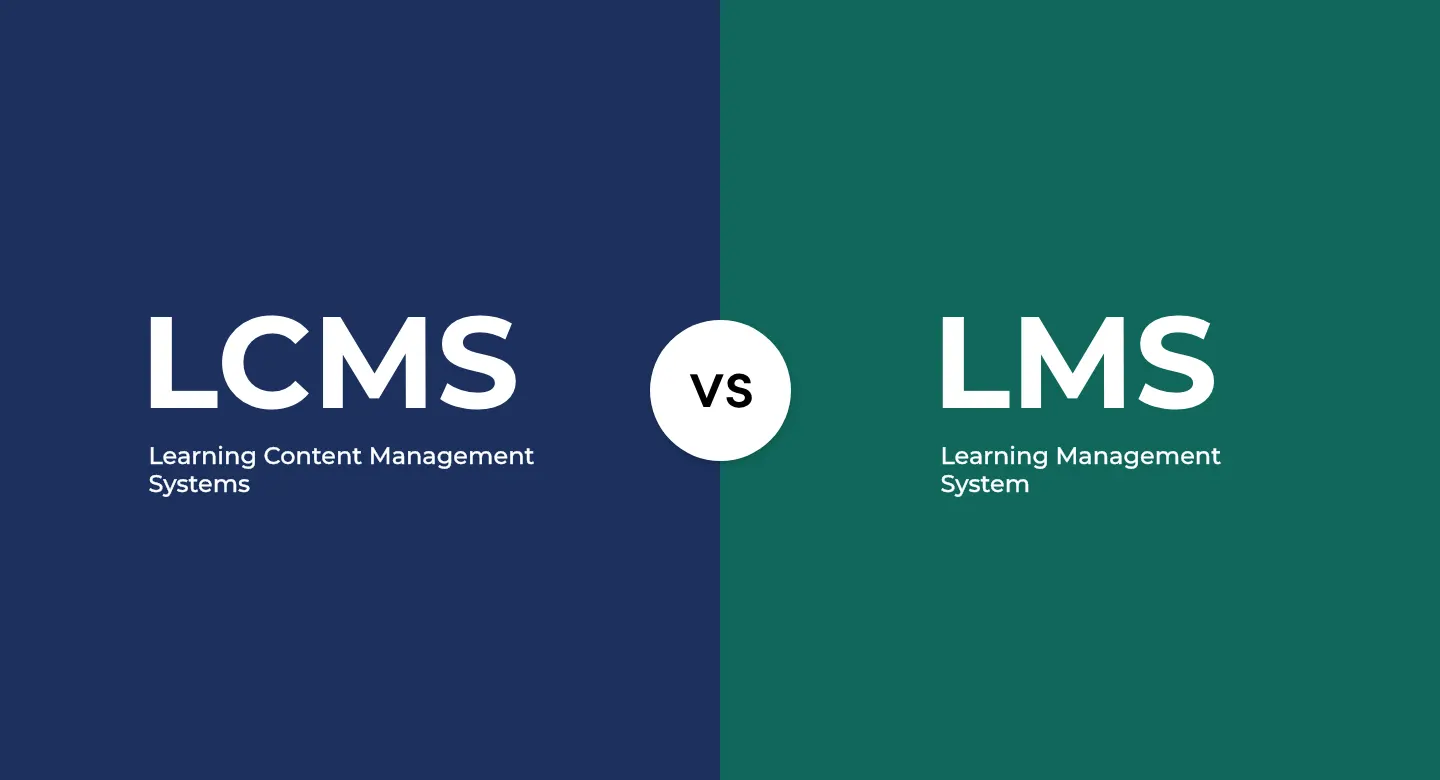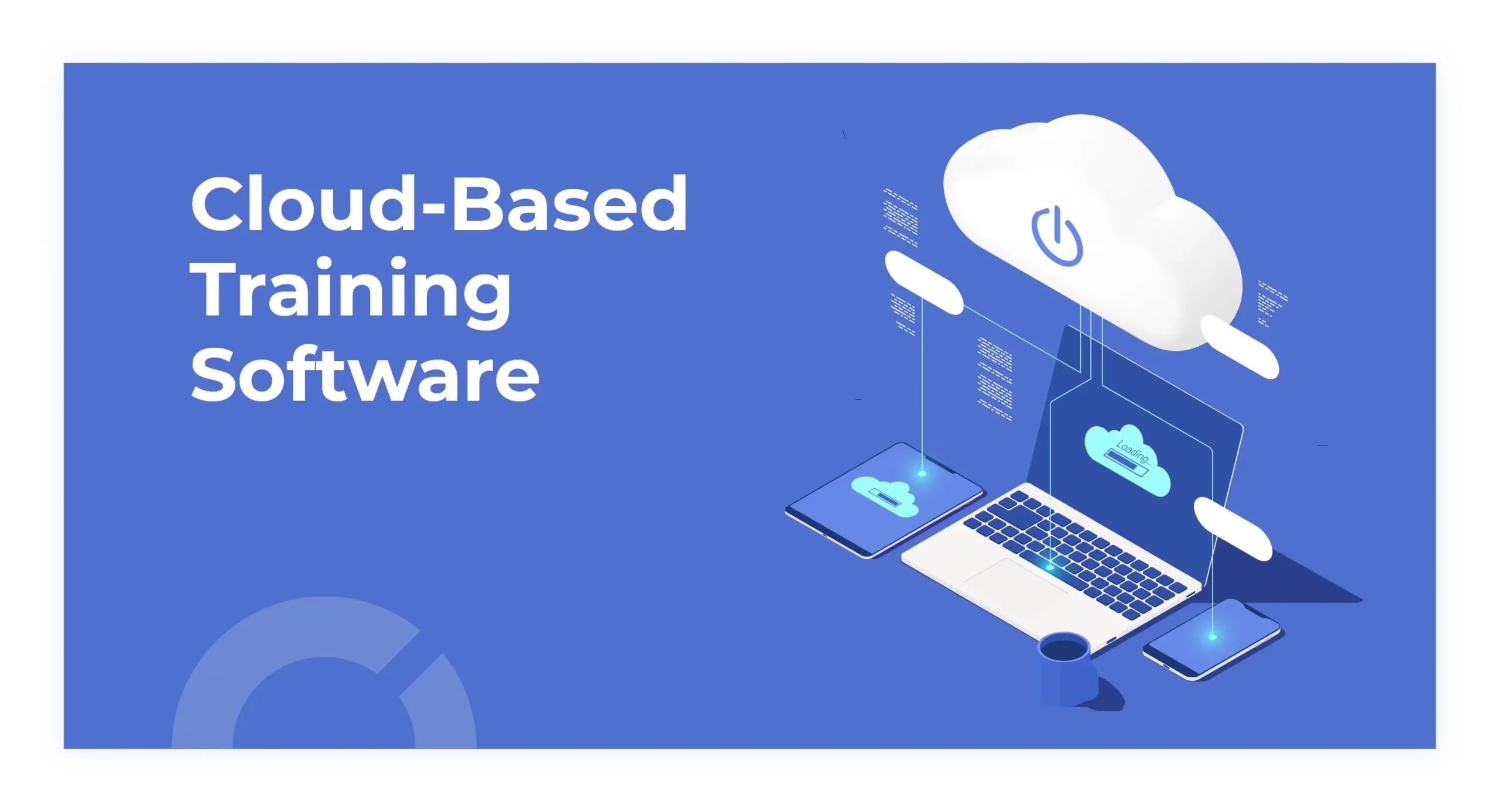Learning content management systems (LCMS) and learning management systems (LMS) are two important tools used in e-learning. Both are designed to manage and deliver online training content, but they have different features and functions that set them apart. In this blog, let’s see the advantages and key differences between LCMS and LMS and how you can use them to enhance online learning.
A learning content management system (also known as a document management system) is a software platform that enables the creation, management, and delivery of e-learning content. LCMS is primarily used to develop and manage e-learning content, including multimedia, quizzes, and assessments. It provides a set of tools that allow instructional designers and trainers to create, edit, and publish e-learning content without the need for programming skills. The best learning content management system should be able to handle the large volume of learning content and associated learners. It should be easy to use and provide a seamless user experience and efficient document storage feature.
Learning content management systems (LCMS) and learning management systems (LMS) are two important tools used in e-learning. Both are designed to manage and deliver online training content, but they have different features and functions that set them apart. In this blog, let’s see the advantages and key differences between LCMS and LMS and how you can use them to enhance online learning.
A learning content management system (also known as a document management system) is a software platform that enables the creation, management, and delivery of e-learning content. LCMS is primarily used to develop and manage e-learning content, including multimedia, quizzes, and assessments. It provides a set of tools that allow instructional designers and trainers to create, edit, and publish e-learning content without the need for programming skills. The best learning content management system should be able to handle the large volume of learning content and associated learners. It should be easy to use and provide a seamless user experience and efficient document storage feature.
On the other hand, a learning management system (LMS) is a software application designed to manage, track, and report e-learning activities. An LMS provides an environment where students can access, track, and monitor their e-learning activities, such as course completion, test scores, and progress. It also enables instructors to track student progress and provide feedback. The main difference between LCMS and LMS is the purpose they serve. LCMS is primarily used to create and manage e-learning content, while LMS is used to deliver, track, and report on e-learning activities. Both LCMS and LMS can be used in conjunction to deliver online learning.
Benefits of LCMS and LM
One of the key benefits of using an LCMS is that it allows instructional designers and trainers to create and manage e-learning content in a centralised location. This means that content can be easily edited, updated, and accessible to all users. Additionally, LCMS allows for easy collaboration among team members, and content can be easily shared among different departments or organisations. Another benefit of using an LCMS is that it allows for easy customisation of e-learning content. This means that instructional designers can create content tailored to their learners’ specific needs. For example, they can create more interactive content or multimedia elements to make learning more engaging.
LCMS software can be a great investment for enterprise companies as it can manage the large volume of learning content and the associated learners that are often present in the enterprise scenario. It also helps improve the workforce’s efficiency by ensuring that the latest version of the content is accessible to the learners and not out-of-date information.
LMS, on the other hand, provides the necessary tools to deliver and track e-learning activities. It allows students to access, track, and monitor their e-learning activities, such as course completion, test scores, and progress. Additionally, the LMS lets the instructors track student progress and provide feedback. This makes it easy to measure the effectiveness of e-learning and make necessary adjustments.
One of the key benefits of using an LMS is that it enables managing student records. All student data is stored in one location and easily accessible to instructors and administrators. This means that student progress can be easily monitored and reported on, making it easier to identify areas where students need extra support. Another advantage of using an LMS is that it allows for seamless communication between instructors and students. Students can easily ask questions, receive feedback, and communicate with instructors. LMS also enables students to collaborate, making it easy to work on group projects or assignments.
Benefits of LCMS and LM
One of the key benefits of using an LCMS is that it allows instructional designers and trainers to create and manage e-learning content in a centralised location. This means that content can be easily edited, updated, and accessible to all users. Additionally, LCMS allows for easy collaboration among team members, and content can be easily shared among different departments or organisations. Another benefit of using an LCMS is that it allows for easy customisation of e-learning content. This means that instructional designers can create content tailored to their learners’ specific needs. For example, they can create more interactive content or multimedia elements to make learning more engaging.
LCMS software can be a great investment for enterprise companies as it can manage the large volume of learning content and the associated learners that are often present in the enterprise scenario. It also helps improve the workforce’s efficiency by ensuring that the latest version of the content is accessible to the learners and not out-of-date information.
LMS, on the other hand, provides the necessary tools to deliver and track e-learning activities. It allows students to access, track, and monitor their e-learning activities, such as course completion, test scores, and progress. Additionally, the LMS lets the instructors track student progress and provide feedback. This makes it easy to measure the effectiveness of e-learning and make necessary adjustments.
One of the key benefits of using an LMS is that it enables managing student records. All student data is stored in one location and easily accessible to instructors and administrators. This means that student progress can be easily monitored and reported on, making it easier to identify areas where students need extra support. Another advantage of using an LMS is that it allows for seamless communication between instructors and students. Students can easily ask questions, receive feedback, and communicate with instructors. LMS also enables students to collaborate, making it easy to work on group projects or assignments.
The speciality of an LMS with a content management system
An LMS with a content management system allows the users to manage and distribute the course content and manage the learners in one system. It also helps track the learners’ progress and performance, which can be helpful for the organisation’s HR department. Also, an LMS with a document management system allows the organisation to manage all their documents related to the learning and training programs in one central location, making it easy for the learners and trainers to access the documents they need when they need them.
Regarding document storage, the best learning management system software with document storage can integrate seamlessly with other document management systems, providing a seamless and efficient user experience. This can be especially useful for organisations that manage a large amount of learning content, such as e-learning courses and associated materials.
Summing Up
In conclusion, both an LCMS and an LMS have their own unique set of benefits. While an LCMS is best suited for organisations that need to manage a large amount of learning content, an LMS is better suited for organisations that deliver online training programs and want to manage and track their learners’ progress. An LMS with a content management system can be an ideal solution for an organisation that needs both features. It helps manage and track the learners and the learning content in one central location. Choosing the right system for your organisation will depend on your specific needs and goals.
Olive VLE’s e-learning suite will be the perfect platform if you want to enjoy the benefits of both LCMS and LMS. The platform offers an all-inclusive LMS with a document management system as well as multiple tools and features to enhance the online training experience. Start a free trial to explore the platform now.







